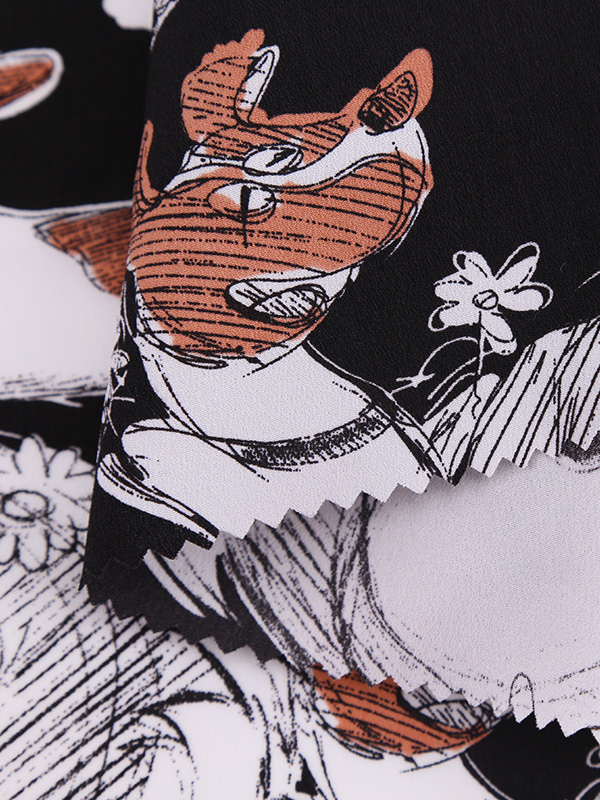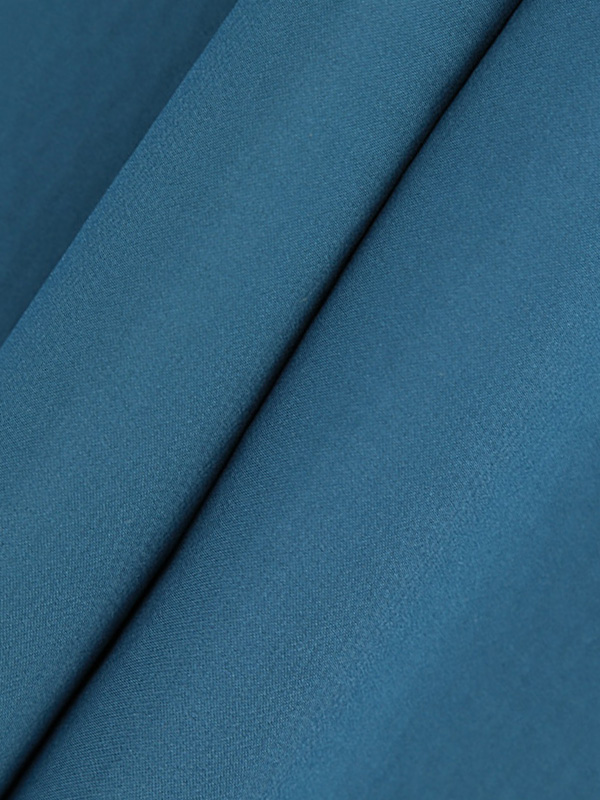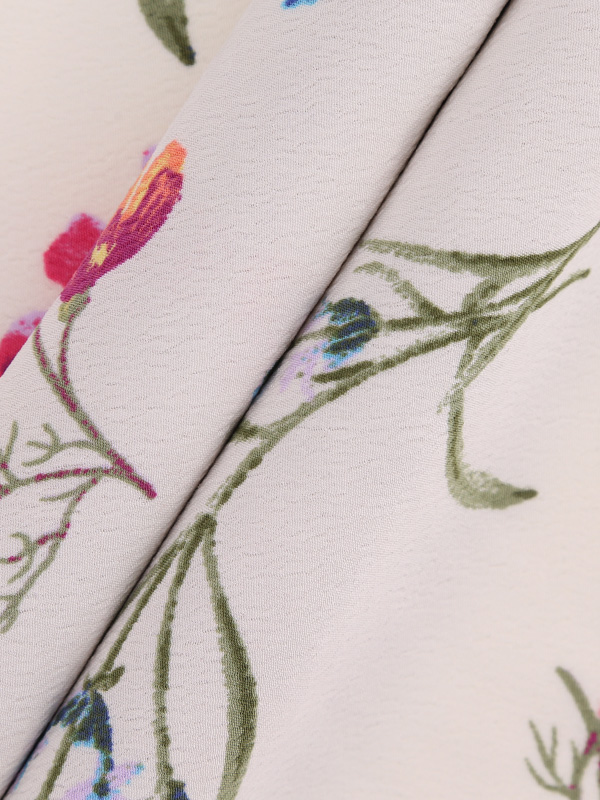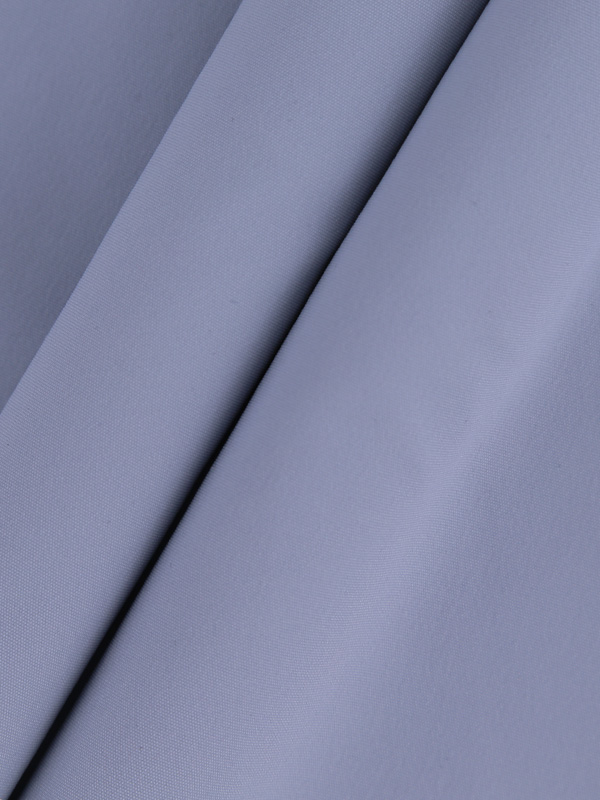Nylon fabric briefly introduces the characteristics of fabric
1. Cotton cloth
Cotton is a general term for all kinds of cotton textiles. It is mostly used to make fashion, casual wear, underwear and shirts. Its benefits are easy warmth, soft fit, moisture absorption, and excellent breathability. The disadvantage is that it is easy to shrink and wrinkle, and the appearance is not very crisp and beautiful. It is necessary to iron frequently when wearing.
2. Linen
It is a kind of fabric made of hemp, flax, ramie, jute, sisal, abaca and other hemp plant fibers. It is generally used to make casual wear and work wear, and in 2013, it was also used to make general summer wear. Its benefits are extremely high strength, moisture absorption, thermal conductivity, and excellent air permeability. Its disadvantage is that it is not very comfortable to wear, and the appearance is rough and blunt.
3. Silk
Silk is a general term for various silk fabrics woven from silk. Like cotton, it comes in many varieties with different properties. It can be used to make all kinds of clothing, especially suitable for making women's clothing. Its benefits are flirty, fit, soft, smooth, breathable, colorful, lustrous, noble and elegant, and comfortable to wear. Its deficiency is easy to wrinkle, easy to absorb, not strong, and fades quickly.
4. Woolen
Wool, also known as wool, is a general term for fabrics woven from various types of wool and cashmere. It is usually suitable for making formal and advanced clothing such as dresses, suits and coats. Its benefits are wrinkle-resistant and wear-resistant, soft to the touch, elegant and crisp, elastic and warm. Its disadvantage is that it is difficult to wash, and it is not suitable for making summer clothes. nylon fabric
5. Leather
Leather is a tanned animal fur fabric. It is mostly used to make fashion and winter clothes. It can be divided into two categories: one is leather, that is, leather that has been dehaired. The second is fur, which is treated leather with fur. Its benefits are lightness and warmth, grace and luxury. Its disadvantage is that it is expensive and requires high storage and nursing, so it should not be widely used.

6. Chemical fiber
Chemical fiber is the abbreviation of chemical fiber. It is a textile made of fibers made of polymer compounds. Usually it is divided into two categories: artificial fibers and synthetic fibers. Their common interests are vibrant color, soft texture, drape, and smooth, comfortable fit. Their disadvantages are poor wear resistance, heat resistance, hygroscopicity, and air permeability, and are easily deformed when heated, and are prone to static electricity. Although it can be used to make all kinds of clothing, the overall level is not high and it is difficult to be elegant. Chemical fiber has three major advantages in the early stage of development: first, strong and durable; second, easy to care for, with anti-wrinkle and iron-free characteristics; third, it can be industrialized and mass-produced, unlike natural fibers that occupy land, process time-consuming and laborious, and have limited output value .
7. Blended
Blending is a fabric made by mixing natural fibers and chemical fibers according to a certain proportion, which can be used to make various kinds of clothing. Its benefit is that it absorbs the respective benefits of cotton, hemp, silk, wool and chemical fiber, so it is very popular. They also avoid their respective shortcomings as much as possible, and are relatively cheap in value, H-shaped and circular cone-shaped design. Cool fabrics Cool fabrics have clear lines and a sense of volume, and can form a full silhouette of clothing. Common cotton, polyester-cotton, corduroy, linen and various medium-thick wool and chemical fiber fabrics, etc., such fabrics can be used in the design of outstanding clothing modeling accuracy, such as the design of suits and suits.
Fabrics can be divided into different physical functions: insulation and anti-static. Insulating materials are usually used in daily life, while anti-static fabrics are mainly used to make anti-static work clothes, which are suitable for electronics, optical instruments, pharmaceuticals, microbial engineering, precision Special work clothes with dust-free and anti-static functions for industries such as instruments are generally made of synthetic fiber fabrics inlaid with conductive threads. It is to prevent the accumulation of static electricity in clothes, and is suitable for use in static-sensitive places or places with fire or explosion hazard.


 English
English Chinese
Chinese



